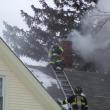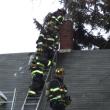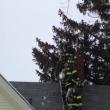January begins with flurry of chimney fires across Midcoast
 A chimney fire in Rockland, Jan. 16, was one of four chimney fires reported to Knox Regional Communications Center during the first half of January. (Photo courtesy Rockland Fire Department)
A chimney fire in Rockland, Jan. 16, was one of four chimney fires reported to Knox Regional Communications Center during the first half of January. (Photo courtesy Rockland Fire Department)
 Jan. 16 Rockland chimney fire. (Photo courtesy Rockland Fire Department)
Jan. 16 Rockland chimney fire. (Photo courtesy Rockland Fire Department)
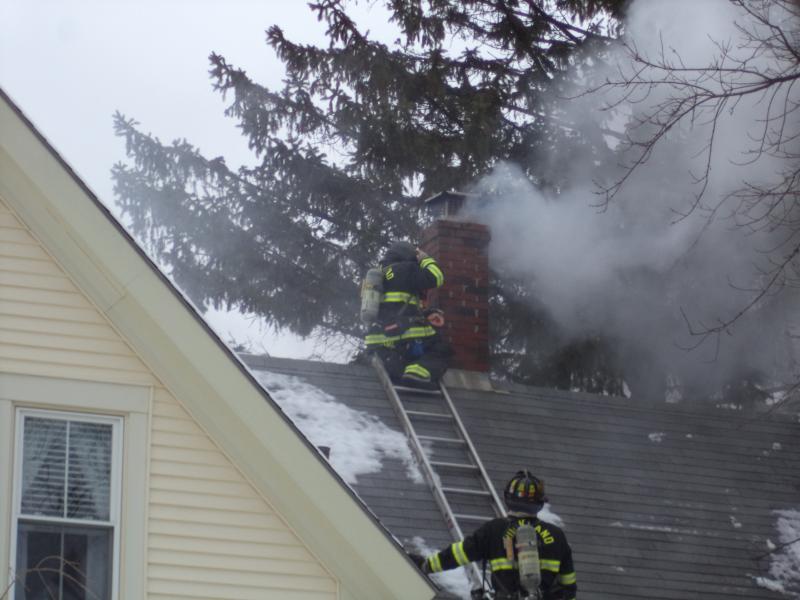 (File photo from 2018 by Sarah Thompson)
(File photo from 2018 by Sarah Thompson)
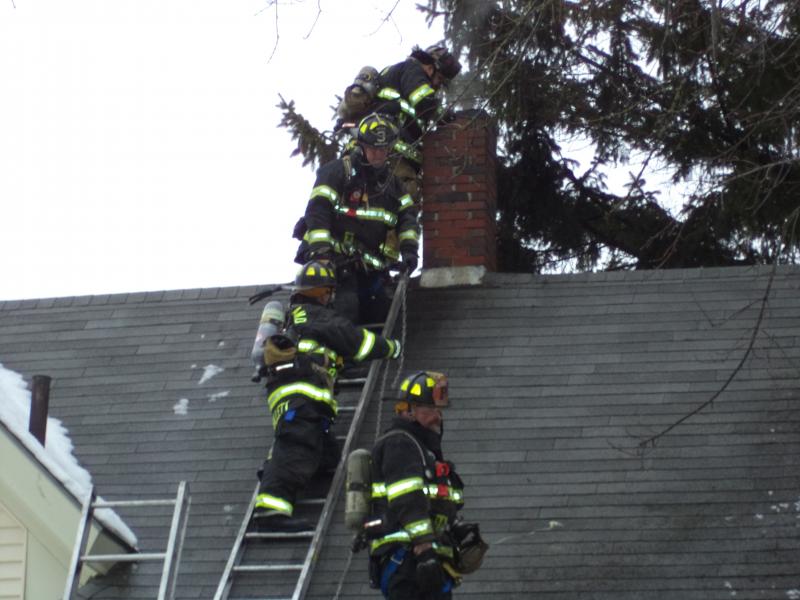 (File photo from 2018 by Sarah Thompson)
(File photo from 2018 by Sarah Thompson)
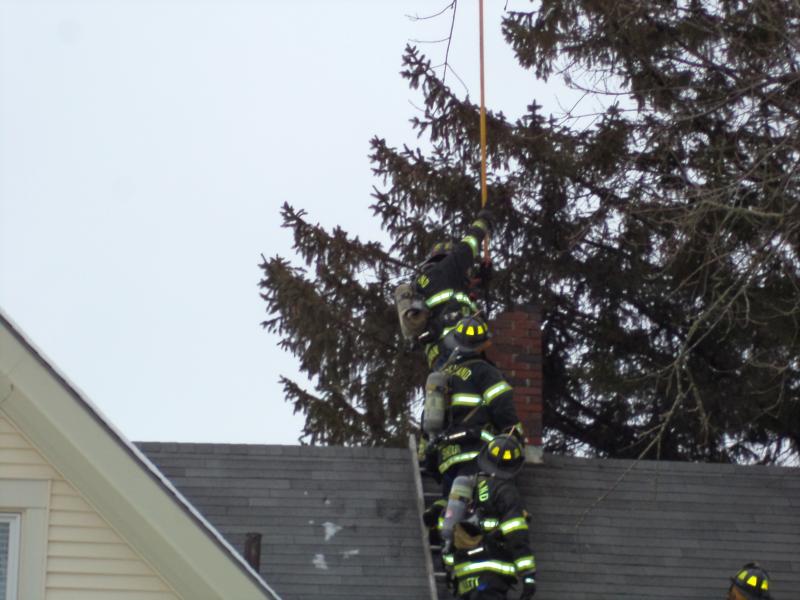 (File photo from 2018 by Sarah Thompson)
(File photo from 2018 by Sarah Thompson)
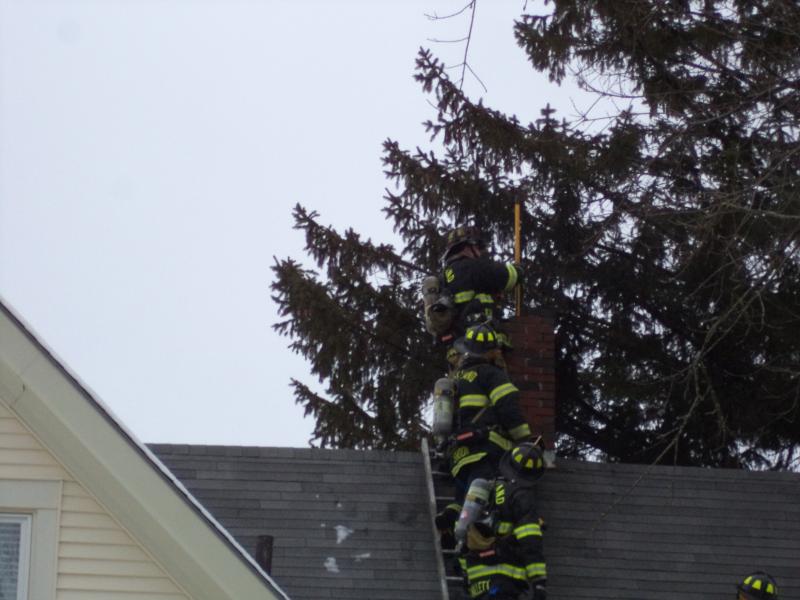 (File photo from 2018 by Sarah Thompson)
(File photo from 2018 by Sarah Thompson)
 A chimney fire in Rockland, Jan. 16, was one of four chimney fires reported to Knox Regional Communications Center during the first half of January. (Photo courtesy Rockland Fire Department)
A chimney fire in Rockland, Jan. 16, was one of four chimney fires reported to Knox Regional Communications Center during the first half of January. (Photo courtesy Rockland Fire Department)
 Jan. 16 Rockland chimney fire. (Photo courtesy Rockland Fire Department)
Jan. 16 Rockland chimney fire. (Photo courtesy Rockland Fire Department)
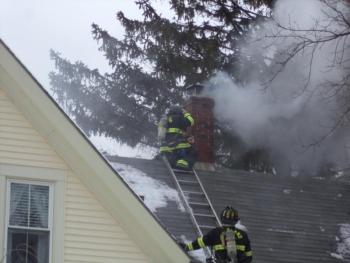 (File photo from 2018 by Sarah Thompson)
(File photo from 2018 by Sarah Thompson)
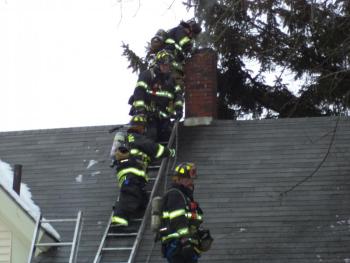 (File photo from 2018 by Sarah Thompson)
(File photo from 2018 by Sarah Thompson)
 (File photo from 2018 by Sarah Thompson)
(File photo from 2018 by Sarah Thompson)
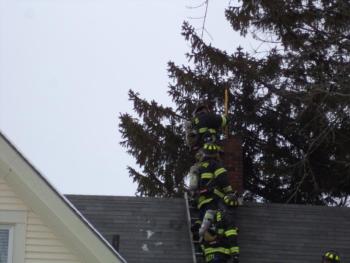 (File photo from 2018 by Sarah Thompson)
(File photo from 2018 by Sarah Thompson)
KNOX COUNTY — January started with heat in the wrong places for a few Knox County residents as a result of chimney fires. In just over two weeks, firefighters in four municipalities hauled their sweep chains and poles roofward to fight flames in Lincolnville (Jan. 2), Union (Jan. 14), Rockland, (Jan. 16), and Camden (Jan.17).
In Rockland, firefighters were able to read words off of unburned pieces of old pizza boxes that fell from the chimney liner with each sweep of the cleaning tools. The homeowner had only occupied the house a year or two before hooking up a woodstove, reportedly without checking the years of buildup within the bricks.
Pizza box cardboard, like magazine paper, doesn’t always burn completely, adding to the unburned products of combustion – creosote – sticking to the walls of the chimney.
“It’s easy to take cardboard for granted,” said Rockland Fire Chief Chris Whytock. “But it hurts the combustion process and limits the heat’s spread.”
“You now have a continual source of carbon monoxide in the house that goes unnoticed until something happens,” said Miceli.
Reach Sarah Thompson at news@penbaypilot.com
Event Date
Address
United States









